GALAPAGOS ISLANDS - THE LAND THAT TIME FORGOT!

GALAPAGOS ISLANDS – THE LAND THAT TIME FORGOT!
The Galapagos Islands, made famous by Charles Darwin and the unique wildlife he studied, remain one of the most pristine tropical island ecosystems in the world.
Kauli Seadi and his fiancée Maria Fernanda Souza were lucky enough to be invited to this amazing location as guests on the Mormaii Catamaran. Of course the three-time World Champion went armed with his windsurf and SUP quiver to be primed and ready for action!
Words Kauli Seadi // Photos Maria Fernanda Souza
(This feature originally appeared in the May 2014 issue of Windsurf Magazine. To read more features like this first, Print and Digital subscriptions are available. Prices include delivery globally for 10 x issues a year!)
REMOTE
Situated in the middle of Pacific Ocean, 1000 km from the west coast of South America and belonging to Ecuador, the Galapagos are the second most preserved and protected area in world. The Archipelago of Galapagos comprises of 19 volcanic islands, with 97% of it’s territory considered National Park and only 3% of it is habituated, with the population distributed on only four of the islands. The Galapagos are located exactly on the equator line, which makes it very special in several different aspects. Due to it’s geographic position the chain is influenced by three different main currents: The Humboldt current, which comes from Peru, bringing cold waters from the south, a current from the north, which comes from Panama bringing warm water – and the Cromwell current, a deep, cold, nutrient-rich stream coming from the west, originating near the south pole. There are also two different winds that reach the Islands. All these different factors bring life and climatic conditions from different parts of the world. As Galapagos is extremely isolated, all the different animals had to develop and adapt in many different ways in order to survive the new climate. So, through the millions of years, many new species have been formed, famously allowing it of the most unique and endemic environment in the world. The penguins, the incredible marine iguanas and giant tortoises, and many others help explain why Darwin chose these islands to create the evolution of species theory.
My wife-to-be Maria and I had planned this trip together and it couldn’t have turned out in a better way, since we were lucky enough to stay onboard the Mormaii catamaran whilst exploring the islands. I was expecting it would be more of a fun safari trip and I imagined I’d be using my snorkel kit than my windsurfing and SUP gear.
SURPRISE SESSION
But on my first day on the Island of San Cristobal, conditions proved me wrong, because there were awesome waves with a north swell at Ponta Carola. The break was just at the corner from harbour where we were anchored. The surf was really good and lined up over the volcanic rock bottom, with perfect right-hand waves – super easy and fun for standup surf, as the wave would end in a lagoon making it very safe. The locals seem to have only started surfing a few years ago, so there are not many out on the water and they still have that nice feeling of sharing and enjoying the ocean together. After being on the island for a few days we checked out a good variety of spots to surf, especially on the south west point of Cristobal. The point was like a peninsula more or less, picking-up swells from north, west and south within just five minutes drive – perfect!
LA LOBAR
Once the north swell started to drop we went to check a beach called La Loberia that faces south. We took a taxi from straight in front of the pier at the harbour with the SUP board on the back of the pickup taxi and he drove us there for just 3 dollars. The waves were quite big compared with the other side of the island and I jumped straight in the water by my self with my paddleboard. There were some awesome lefts, very powerful, especially the drop that had an almost dry rock at low tide forming a little slab. I surfed for about two hours until the wind started to pick up so we raced back to the boat to pick up my windsurf gear.
Once I made it back to the beach the wind had dropped a bit. At this latitude winds are normally lighter as it’s a convergence zone of two different type of effects, where the northeast trade winds that come from the northern hemisphere meet the southeast trade winds and kind of kill each other making it a big calm zone. But I was so excited to windsurf that I went for it anyway. There was about an average of 8 to 10 knots side shore, but just enough to get moving and to catch the wave on my Hot Sail KS3 4.9 and my JP twinser quad 82. Once on the wave it was incredible riding conditions because the wave had so much power, providing some amazing speed down the line to ride. There seemed to be some special localised conditions at La Loberia beach, with the wind accelerated more than the other beaches around the island. A lot of other days we would leave the boat with almost no wind, or just a light sea breeze from the north and arrive at La Loberia with enough wind for windsurfing blowing out of the southeast.
“ THE WAVE HAD SO MUCH POWER, PROVIDING SOME AMAZING SPEED DOWN THE LINE ”
RESTRICTIONS
As Galapagos has it’s territory mainly as National Park, most of the beaches are protected by the Parks Authority and there are a lot of regulations of what you can and can’t do, especially when it came to windsurfing. We eventually we had to get authorisation from the port to be able to ride there and, even so, a lot of the park guides told me that apparently windsurfing wasn’t allowed there. I also tried to kitesurf one day in Isabela Island and I got pulled out of the water by the park authorities, saying that kitesurfing can disturb the birds! Raw nature is definitely really well preserved on the Galapagos Islands where you can experience windsurfing in a totally different way. It was a real joy to have seen so many wild animals like huge manta rays and sea lions while I was sailing and turtles and huge pelicans fishing next to me while I was surfing.
We spent such a unique and privileged time in Galapagos – a place and experience that we will never forget! KS
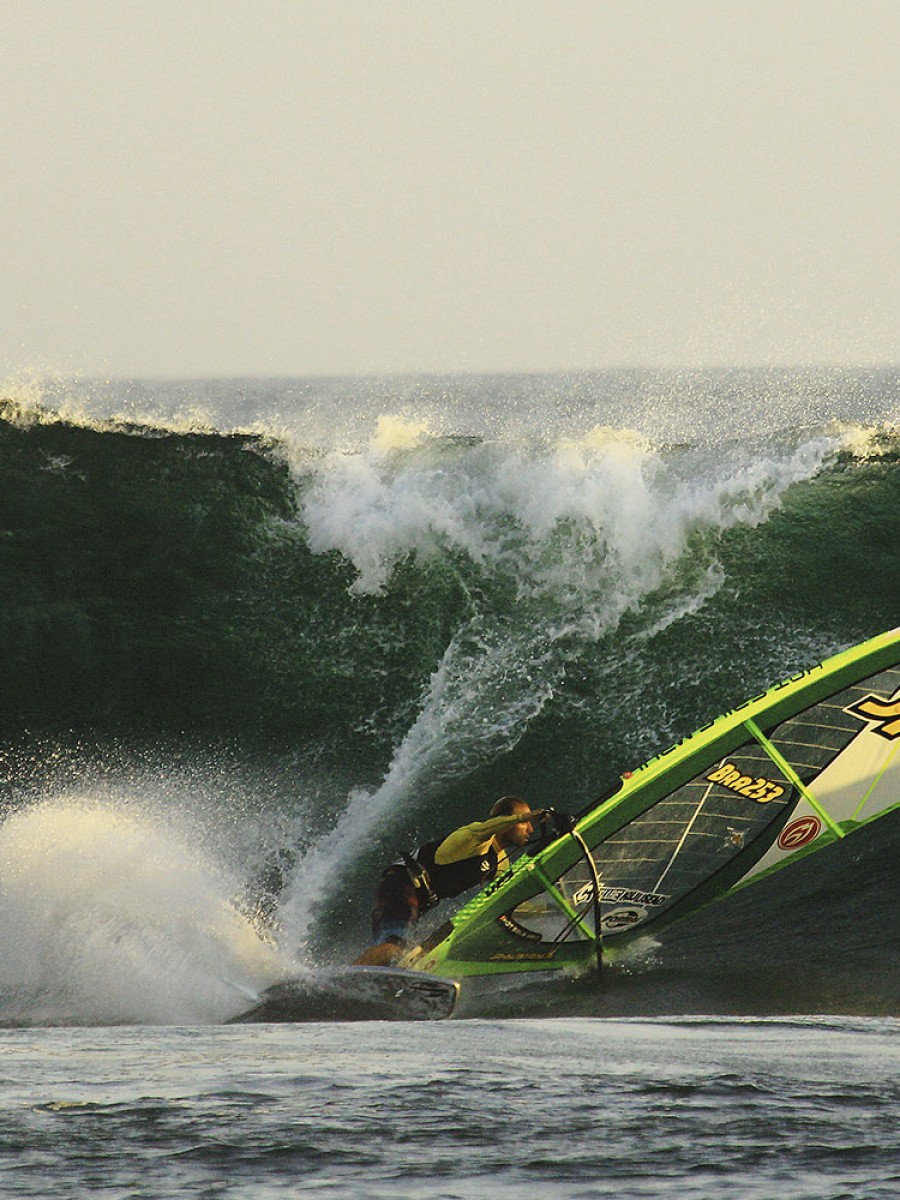
GALAPAGOS FACTS AND FIGURES
Straddling the Equator, the Galapagos Islands are located in both the northern and southern hemispheres.
The archipelago consists of 13 main islands, 6 smaller islands and 107 rocks and islets.
Nearly 9,000 species are found on the islands and their surrounding waters, many of them exceptionally rare.
The total land mass is almost 8,000 km. sq. The Galapagos Marine Reserve surrounding the archipelago is 138,000 km. sq.
The Galapagos National Park covers about 95% of the islands.
Around 250,000 giant tortoises are thought to have lived on Galapagos before the arrival of humans. Today only 15,000-20,000 survive.
In 1835, Charles Darwin sailed to the Galapagos Islands on the H.M.S. Beagle. In 1859 he published the ‘Origin of Species’, which introduced the concept of Natural Selection.
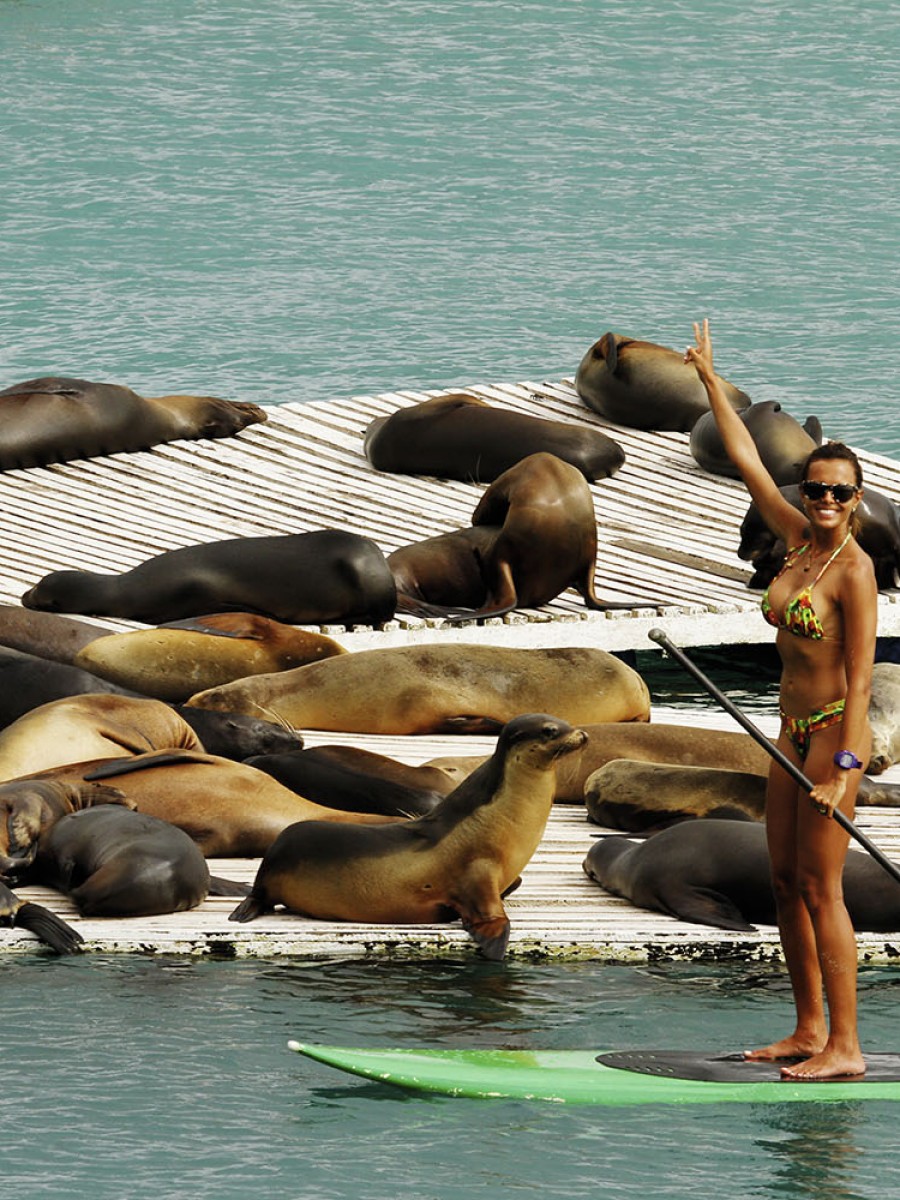

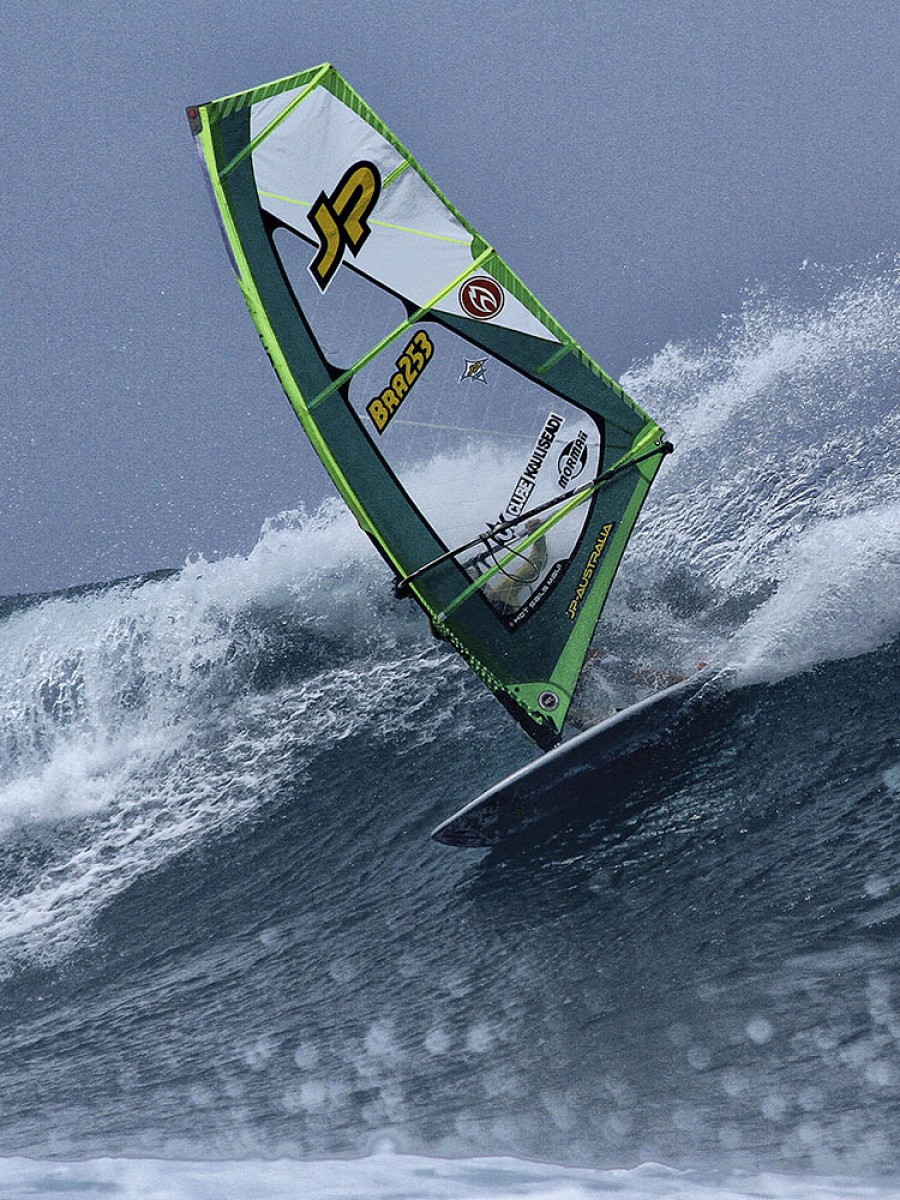
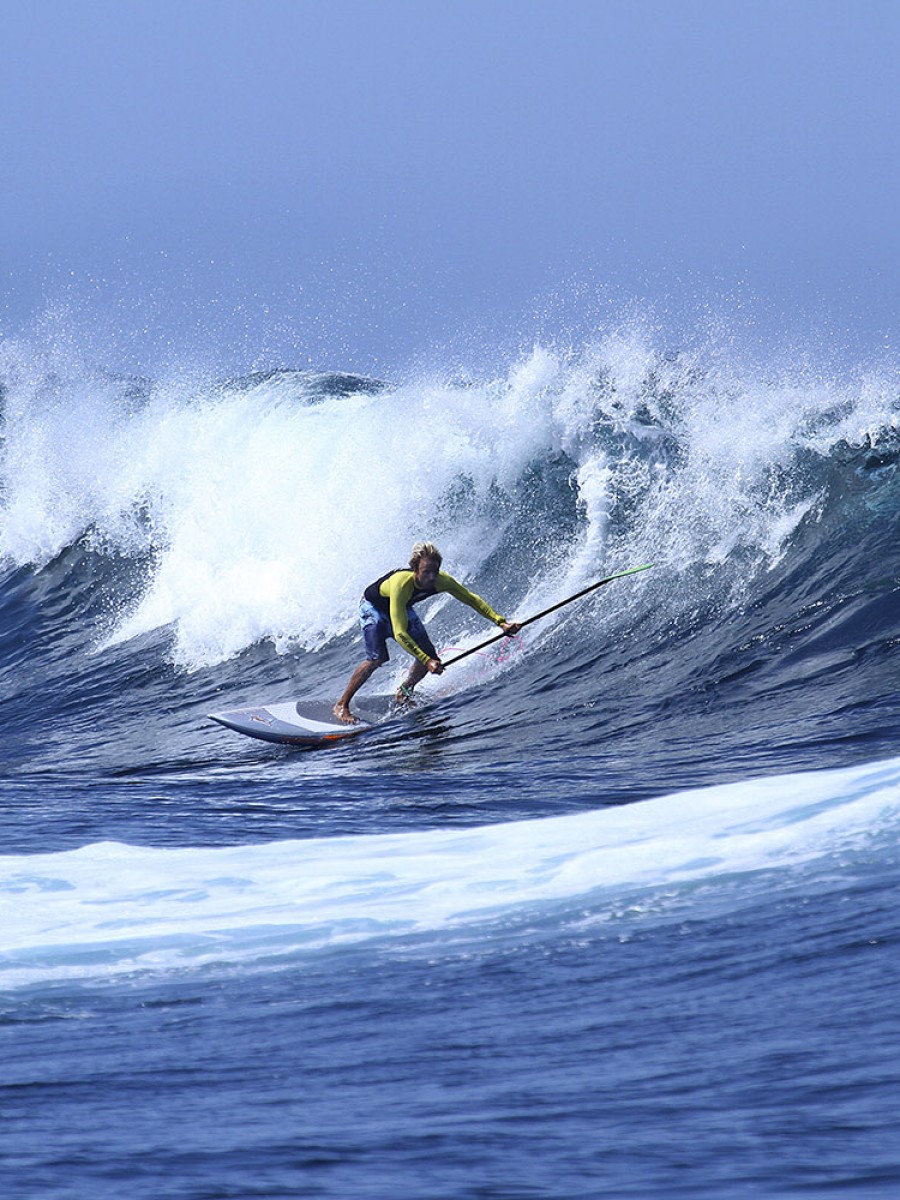
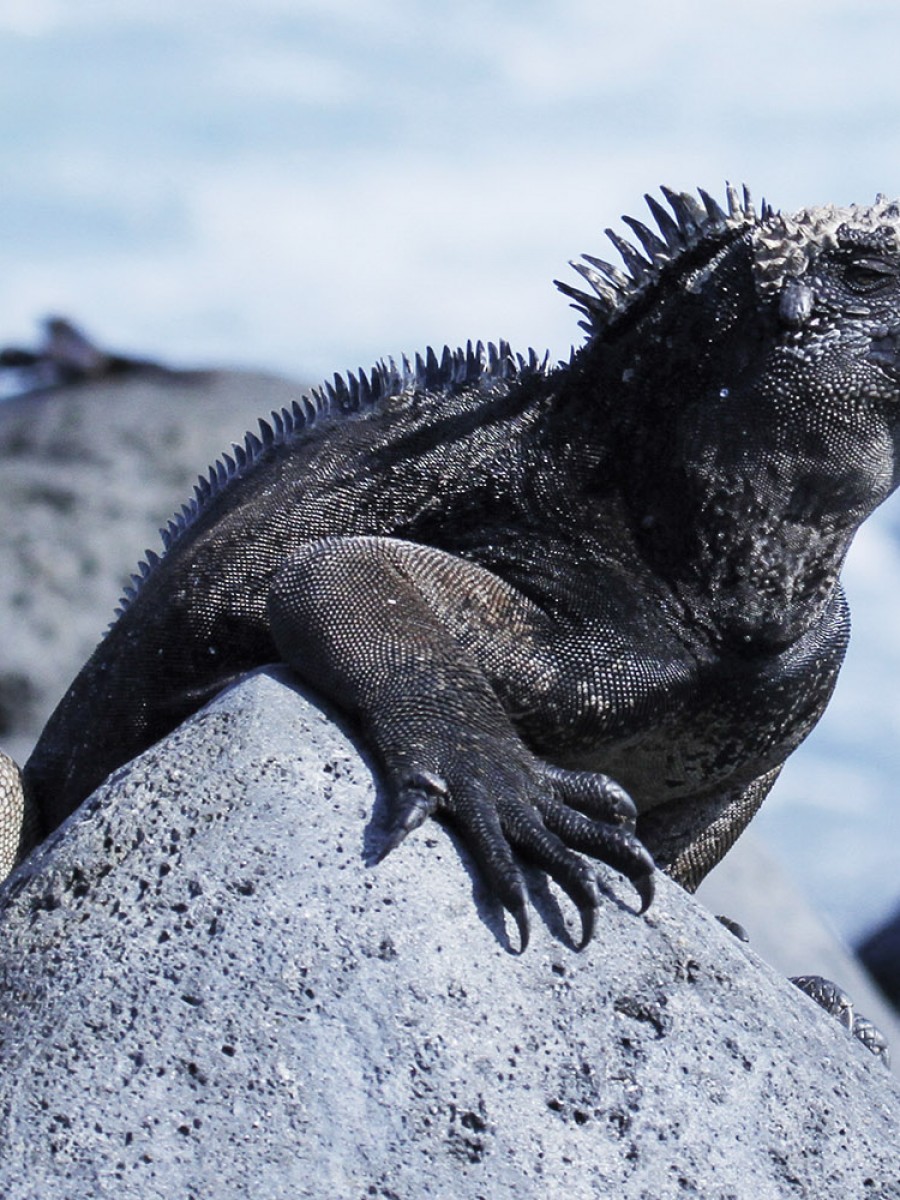
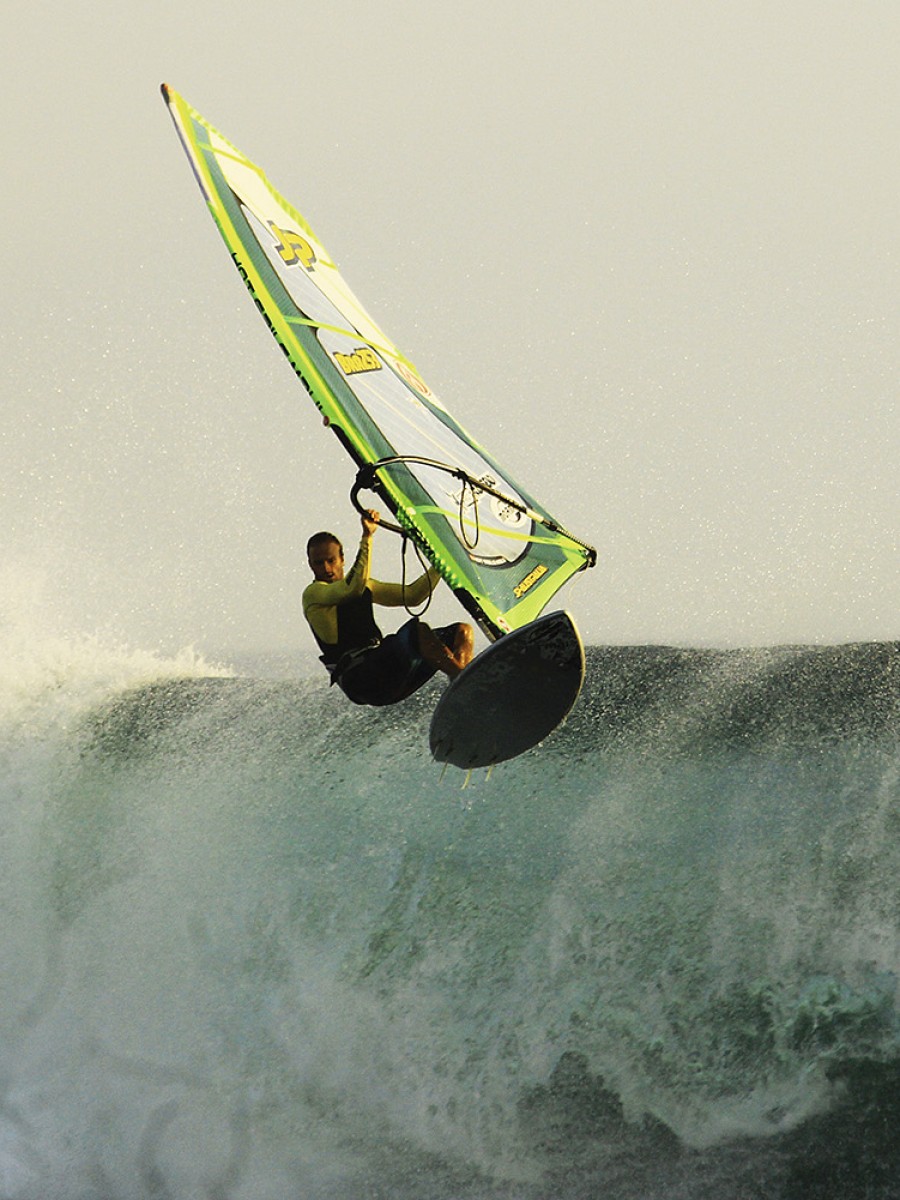
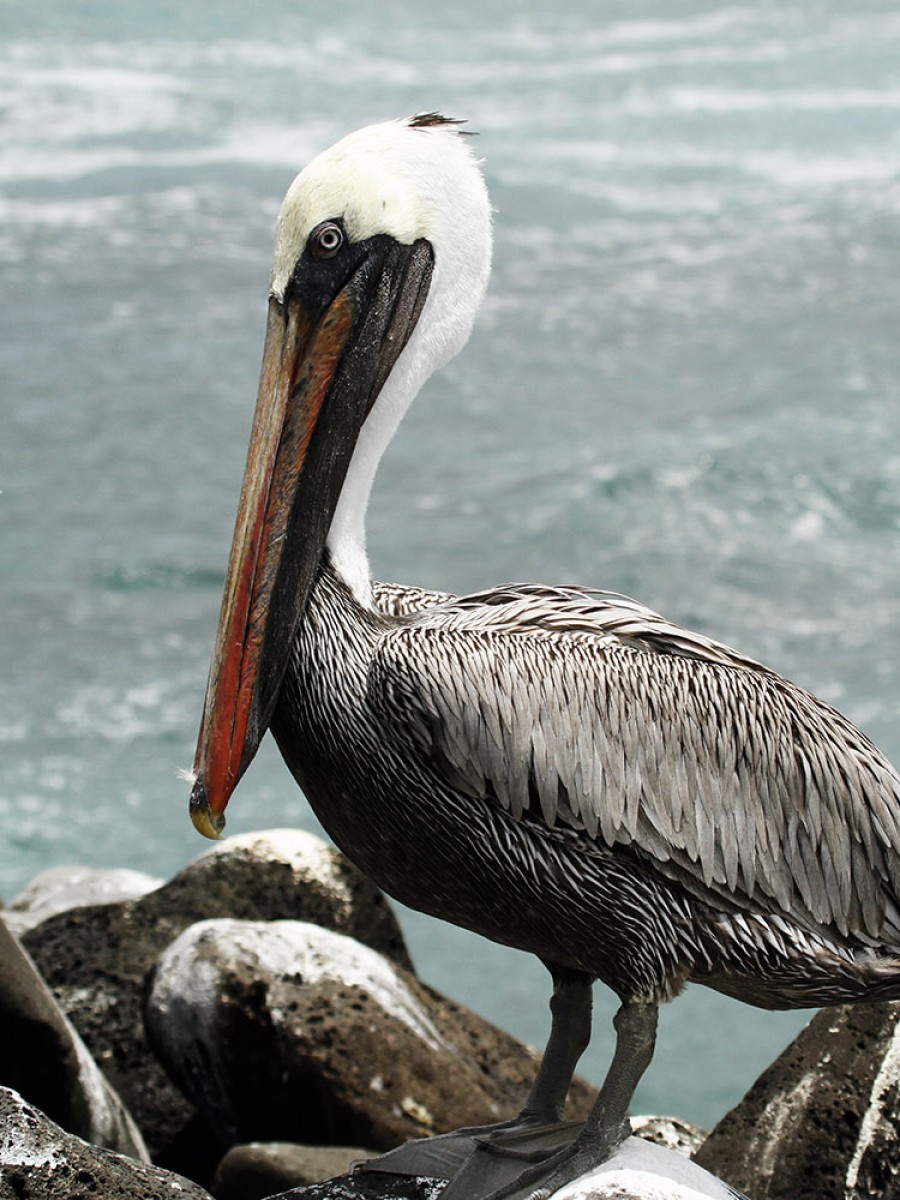
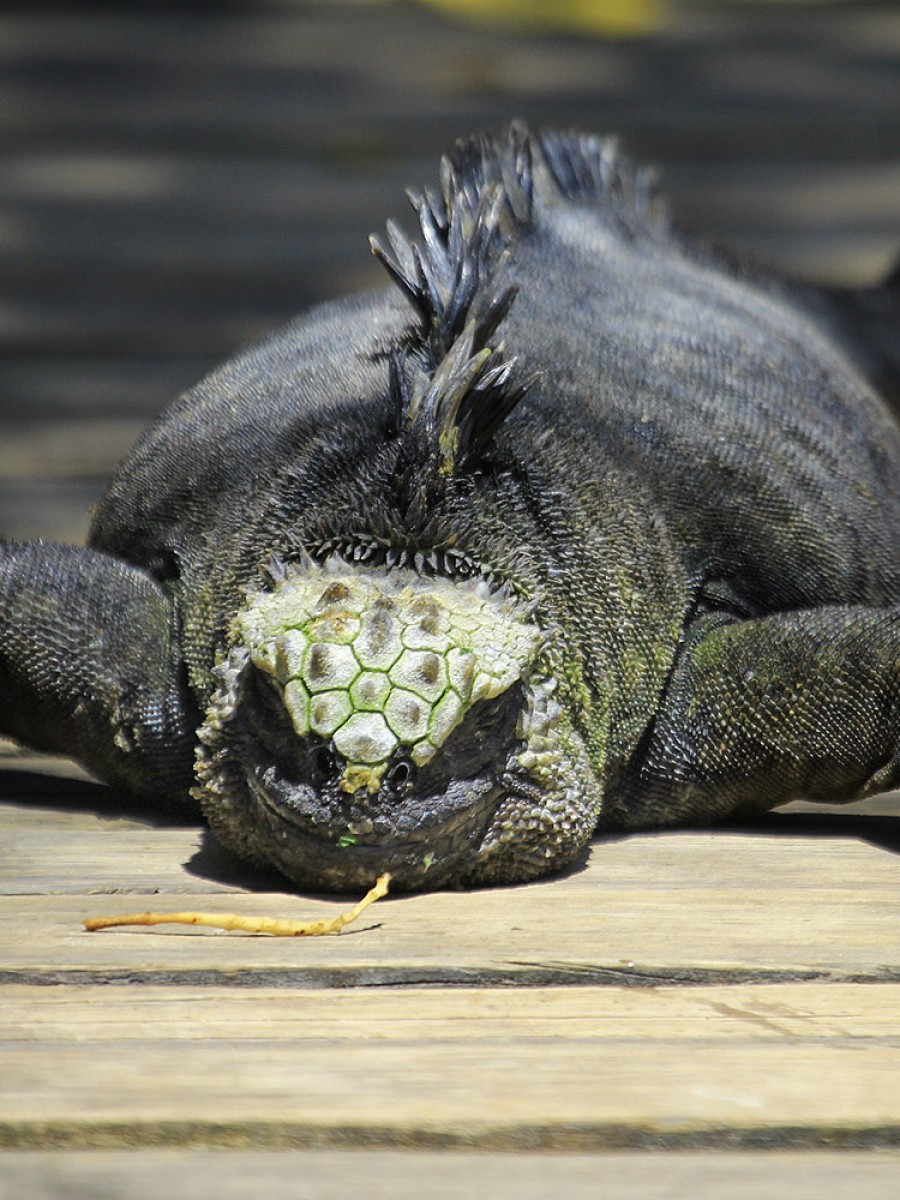
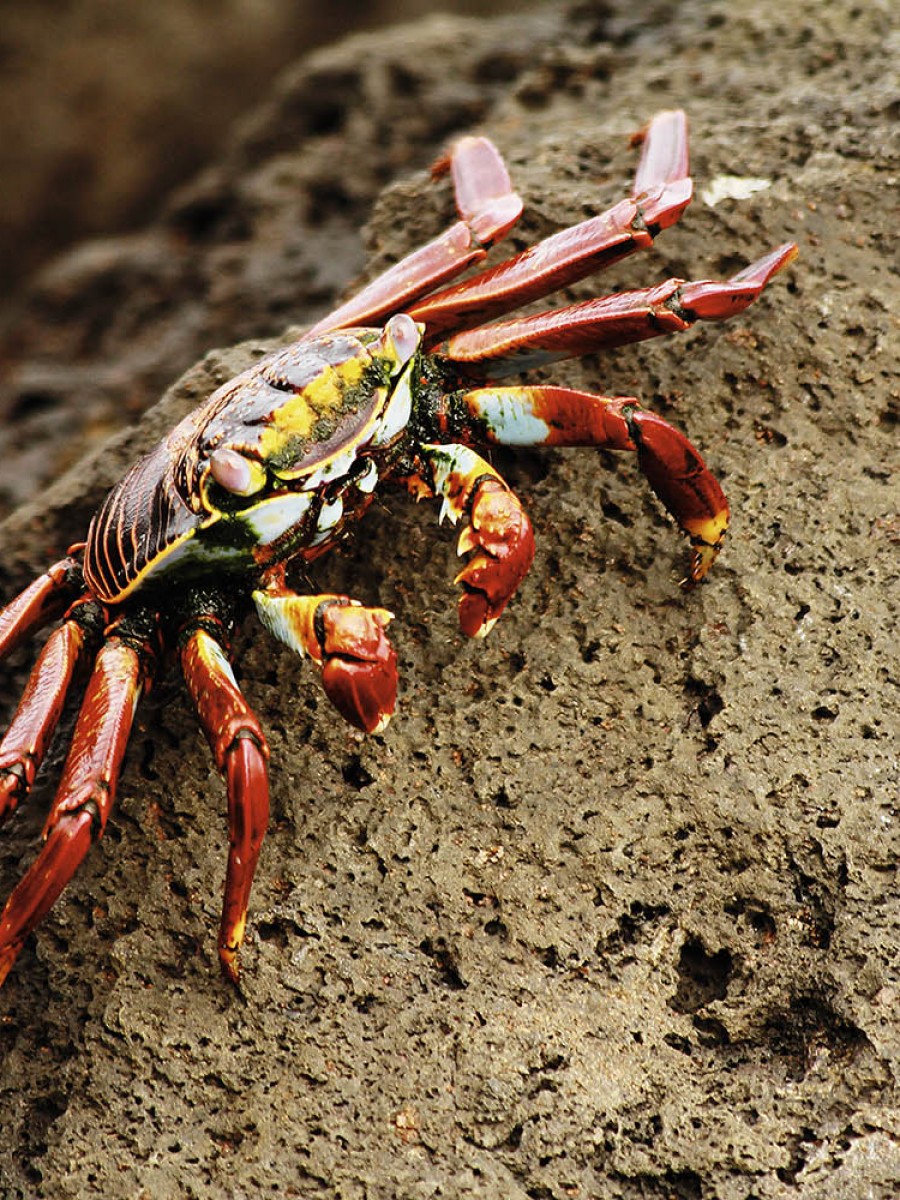
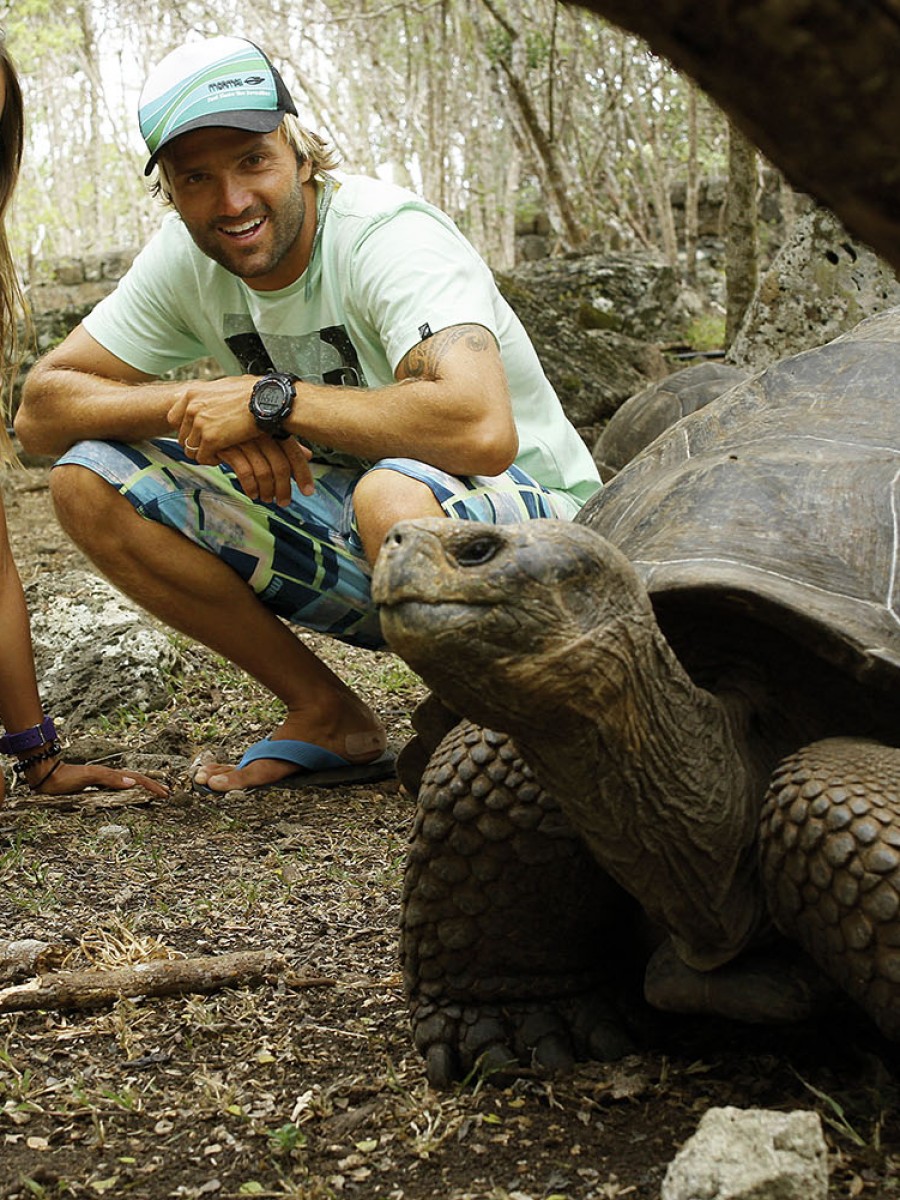
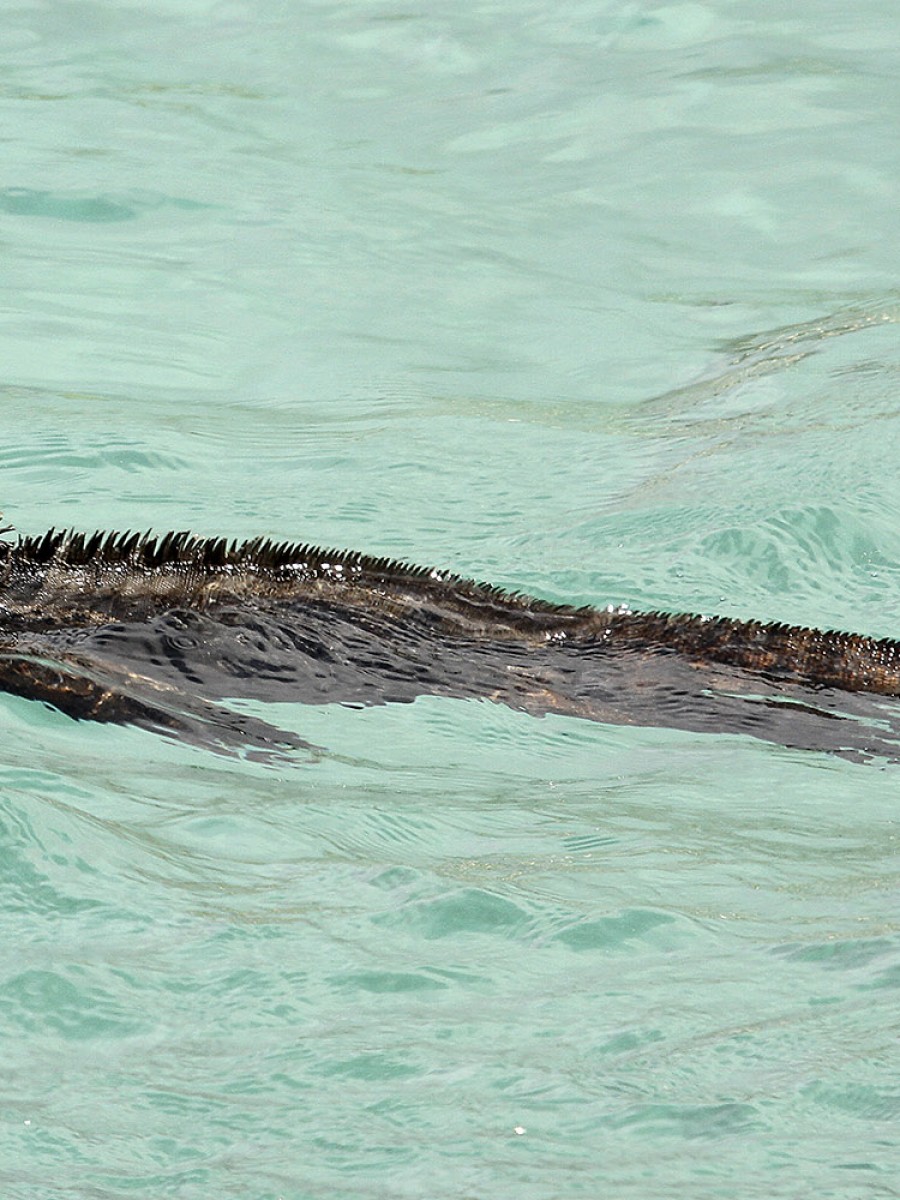
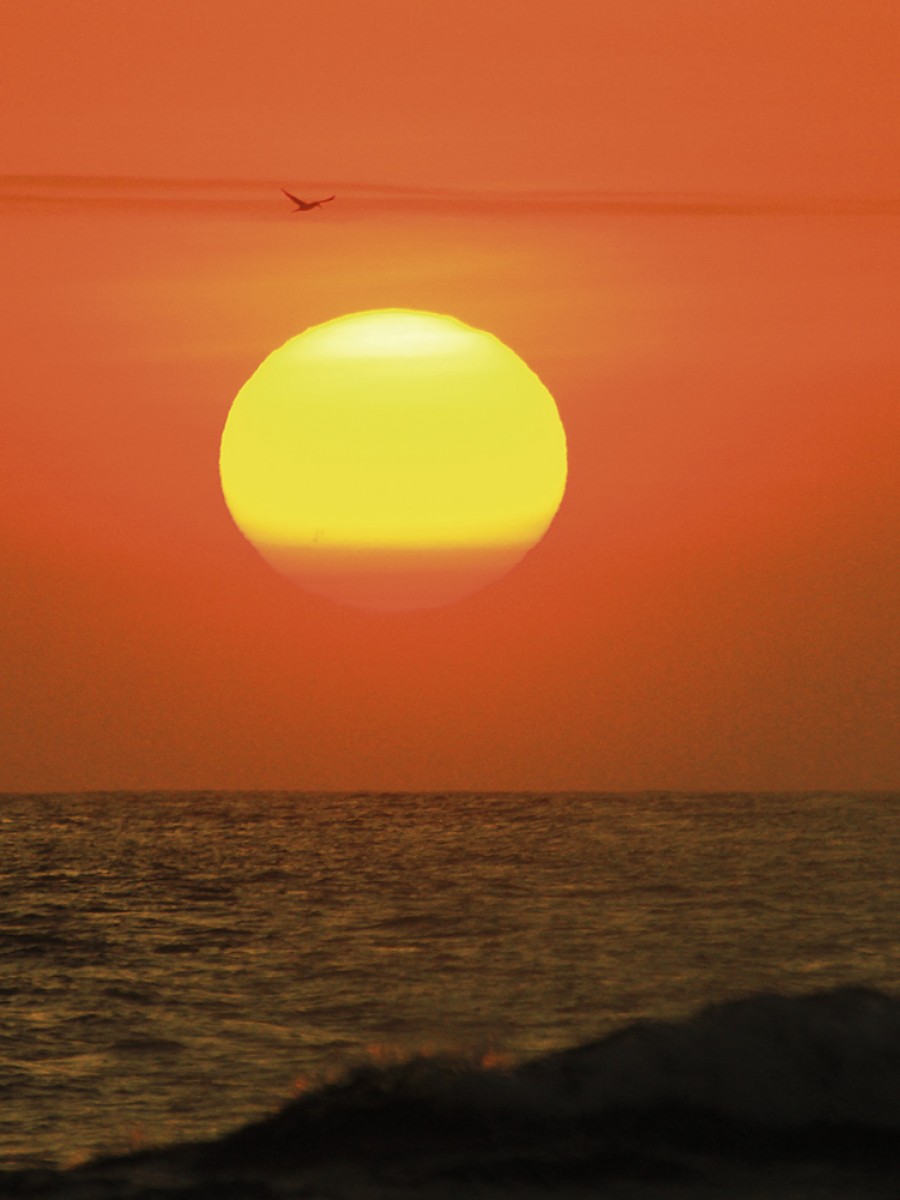
The post GALAPAGOS ISLANDS – THE LAND THAT TIME FORGOT! appeared first on Windsurf Magazine.